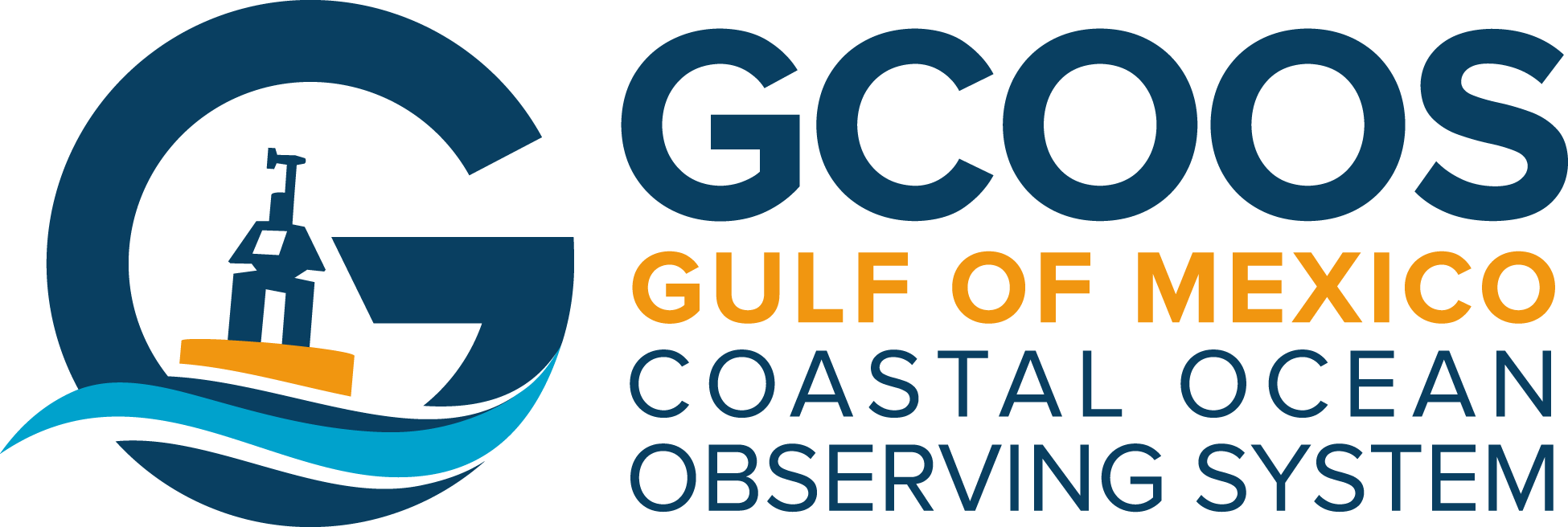Newswise — With 15 ports, major shipbuilders, coastal tourism and substantial fisheries, Mississippi's "blue economy" contributes billions of dollars to the state's annual revenues.
While these maritime industries dominate the state's economy and support at least 35 percent of its entire workforce through "blue" jobs,
the sector is often overlooked as a source of economic development for the state.<
Now, members of the Gulf of Mexico Coastal Ocean Observing System (GCOOS) that are based at John C. Stennis Space Center complex are working to change that by developing new programs aimed at training a workforce knowledgeable in the tools and technologies that are crucial for maritime operations and for gaining a better understanding of the oceanic and coastal environments in the Gulf of Mexico.
The programs and opportunities being developed by ocean experts Joe Swaykos, who is Chief Scientist of the NOAA National Data Buoy Center and Secretary of the GCOOS Board of Directors, and Dr. Monty Graham, a GCOOS member and Director of the University of Southern Mississippi's (USM) new School of Ocean Science and Technology, will help train new generations of experts in the operation of ocean-based robot systems and increase internship and employment opportunities for students and graduates.
"We know that the Gulf's ocean observing system plays a critical role in the region's economy," said Dr. Barbara Kirkpatrick, Executive Director of GCOOS, which collects thousands of data points from sensors and ensures that they are reliable, timely and accurate before disseminating the information to all who need it. "It supports safer and more efficient marine transportation and commerce, helps to reduce coastal hazards and provides information we need to create healthier ecosystems that are at the heart of many coastal economies. But key to this system is having an educated workforce trained in the science, technology, engineering and math disciplines that make it work. We applaud these new efforts aimed at giving the next generation of ocean experts the education and hands-on training they need to be successful."
Unmanned Systems Operations
The USM School of Ocean Science and Technology is building on its successful graduate and undergraduate programs in marine science by developing a new certification program to address the growing need for operators of unmanned maritime systems -- robots that can be programmed to gather information about coastal and oceanic conditions.
| |
USM researchers launch an autonomous underwater vehicle, also known as an underwater glider. |
The newly created "Unmanned Maritime Systems Certification Program," will dovetail with USM's new ocean engineering degree program. It will include courses designed to expose students to practical exercises in shallow and deep water, decision-making and troubleshooting. Eventually the program will include sessions geared toward military personnel and civilians with qualification tiers ranging from novice to expert, said USM's Dr. Monty Graham.
"Our location at Stennis offers us the unique position to see the needs of the Naval Research Laboratory, Naval Oceanographic Office, NOAA and the National Data Buoy Center as well as the maritime industry and offer practical courses that will lead to a highly skilled workforce not only expert on today's unmanned systems but who will also help us develop better and more efficient technologies in the future," Graham said. "Our goal is to become the Gulf of Mexico's premier proving ground for unmanned systems operators."
Buoy Center Partnership with Pearl River Community College
The National Oceanic and Atmospheric Administration's National Data Buoy Center -- a part of the National Weather Service -- designs, develops, operates and maintains a national network of buoys and coastal stations that collect data about oceanic and atmospheric conditions needed to develop accurate weather and marine forecasts. Based at Stennis, the National Data Buoy Center employs engineers, meteorologists, oceanographers, computer scientists and other professionals.
Chief Scientist Joe Swaykos is working to build a new collaboration with Pearl River Community College in Poplarville, Mississippi, focused on marine technology, mechanics, electronics and unmanned vehicles. The goal is to increase internship opportunities for Pearl River Students while also training students who could make up the Buoy Center's future workforce.
"We know that Pearl River is offering students the education we need our workforce at the NDBC to have because we have numerous of the College's graduates already working here," Swaykos said. "And if we can build stronger collaborations related to student training and education we'll both benefit -- the college by offering its students real-world internship opportunities and the NDBC by having a more highly skilled staff."
"Programs like those developed by the University of Southern Mississippi and the National Data Buoy Center are critical for expanding and diversifying the state's economy," said Robbie Ingram, CEO of the Mississippi Enterprise for Technology, a private, nonprofit organization that facilitates regional economic development by leveraging the resources of Stennis Space Center to foster business opportunities among public and private entities. "Stennis Space Center has the highest concentration of oceanographers in the world, and the world-class training and education being delivered here continues to develop and expand our highly-skilled blue economy workforce."

